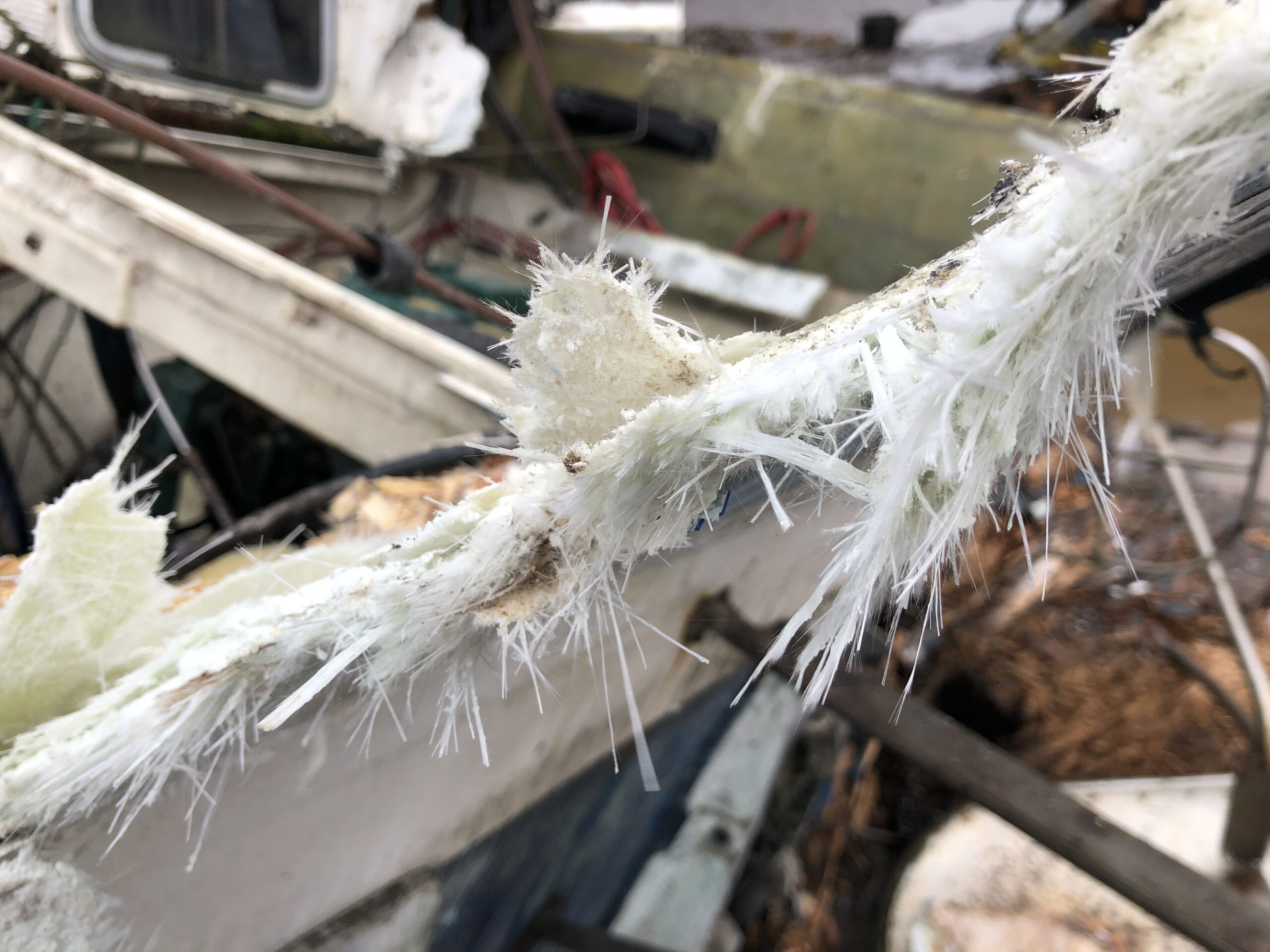How Can Fibreglass be Recycled?
Recycling fibreglass (Glass Reinforced Plastic or GRP) is more complex than recycling simple plastics or metals due to its composite nature – it’s a blend of glass fibres and a polymer resin, which are chemically bonded. Separating these components efficiently while maintaining the quality of the recovered materials is a significant challenge.
However, several methods are employed or under development:
1. Grinding/Mechanical Recycling
2. Incineration (Waste-to-Energy):
3. Pyrolysis:
4. Chemical Recycling (Solvolysis):
The key challenge across all methods is the difficulty in economically separating the glass fibres from the resin matrix without significant degradation of the fibres, to allow for “closed-loop” recycling where the material can be used for the same application again. For now, most recycled fibreglass ends up as a lower-value filler or fuel.









